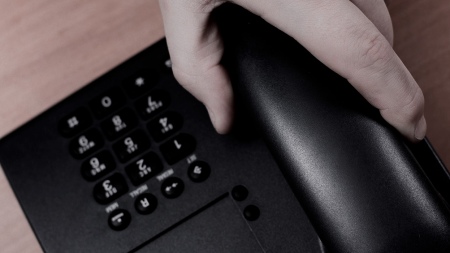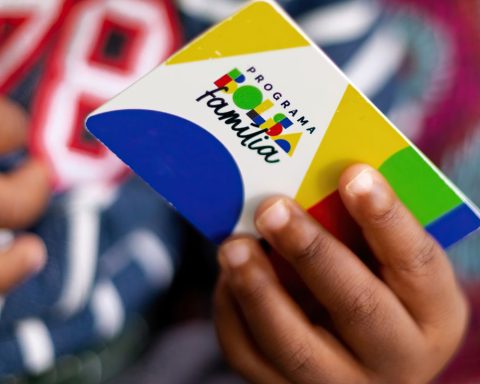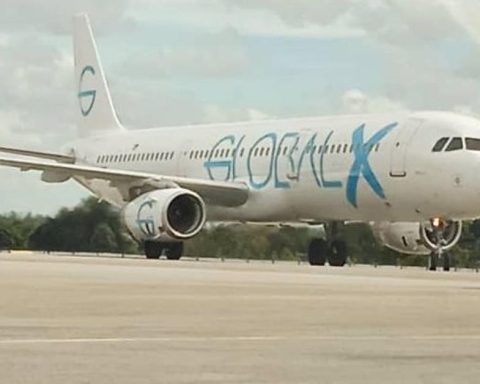Fixed telephony users in Argentina can change the service provider from October 18 without losing the number, a consumer right foreseen since the year 2000 but that was only recently implemented in this administration.
For a residence, keeping the same telephone number is important, but even more so for those businesses or SMEs, that if they moved they had to change to another telephone line.
Some thirty companies registered as licensees of ICT services, and which already had numbers assigned by the National Communications Entity (Enacom), were registered as “receivers” of telephone numbers, in compliance with resolution 1514 of the same body.
The user who wants to change providers and keep their landline number must expressly notify the receiving operator, that is, the incoming companyjust as they do if they change their mobile phone signature.
The resolution provides in one of its annexes that the procedure for the modification of the fixed telephony service provider has a maximum period of five days.
The procedure for the modification of the fixed telephony service provider has a maximum term of five days.
Among the 30 companies are firms such as Telecentro and Claro, and the providers of the current traditional fixed telephony service, Telecom and Telefónica, since Telecom is incumbent in the north but is entering the south of the country, and the same thing happens with Telefónica, which can now offer this service to users in the northern zone.
The list is completed with IP solution companies, cable operators, internet providers and other services, all of them with ICT service licenses, such as IP Call, CenturyLink, Citilan, IDT Argentina, Catel, Metrotel, Cablenet, IPlan, Gigared, and Mariano Acosta Cooperative, among others.
Each receiving provider can, for now, incorporate fixed lines that are in the area where it operates.
“The Database administrator publishes at the end of the day all the portings managed, those finalized and those in process. The next day the donor operator and/or the receiver has three moments to make changes in each porting”, explained to Télam the Vice President of the XP Telephony Commission of the Argentine Internet Chamber (Cabase), Ignacio Ribeiro.
The Database administrator is the Argentine Portability Administrator (APA), a joint venture between the firms E-Connected and Telmark.
The fixed telephony business in Argentina is around $8,000 million per month.
The fixed telephony business in Argentina is around $8,000 million per monthand the experience in other countries is that in the first two years, porting has an ascending rate until reaching a plateau when it reaches 5% of mobile porting.
For Ribeiro, fixed ports in the Argentine market “can reach 10,000 per month in the next six months”, given that “Argentina is late with this process”; whose first regulation was drawn up in 2018 but was not implemented until this management.
Technological changes and more services
Clarified that technological changes allow other services to be added to voice communications and commented that “it would have been fantastic to have portability before the pandemic, because any business could have fulfilled customer orders from a physical location other than the location that was closed.”
The “entrant” or new fixed telephony providers offer the service through different technologies, but far from the copper pair that arrived at the client’s house and that measured communications by pulses.
Services of CRM, advanced telephony, messaging from fixed linesare some of the products that “come after the fixed numbers,” he added.
To reach this moment of implementation of fixed portability throughout the country, the different operators, the database administrator and the regulatory authorities held more than a year of discussions in both the technical and business areas.
The “modernization of the interconnection system of the operators” to advance in portability, allowed in the process to correct pre-existing errors in portability, such as the roaming location of a mobile phone that calls 0810.
Asked about the equipment or Ip telephones, Ribeiro explained that “most of the modems that connect the fiber to the home have a port for telephony”, however, he stressed that each incoming operator agrees with its commercial plan the delivery of equipment on loan, the sale or let the customer take over the new equipment.
“There is equipment already installed and for the corporate segment there is Ip telephones, color screen, to suit the client and with the implementations that the company decides to offer“, he added.
Looking to the future, Ribeiro explained that “geographical portability” has yet to be determined so that there are no longer prefixes that identify the location of the telephone line, and “type or intermodal portability”, that is, to be able to maintain the same number if the consumer chooses to switch from a landline to a mobile phone or vice versa.


















